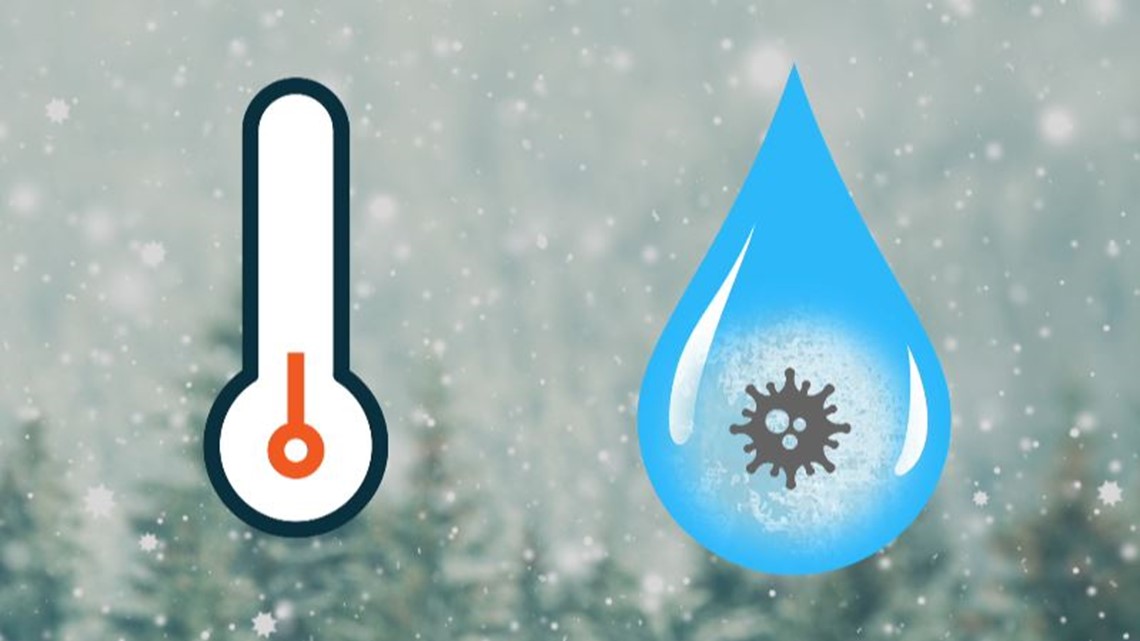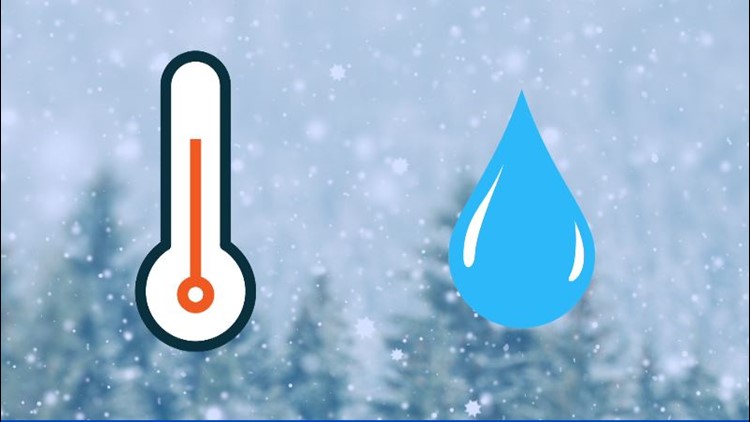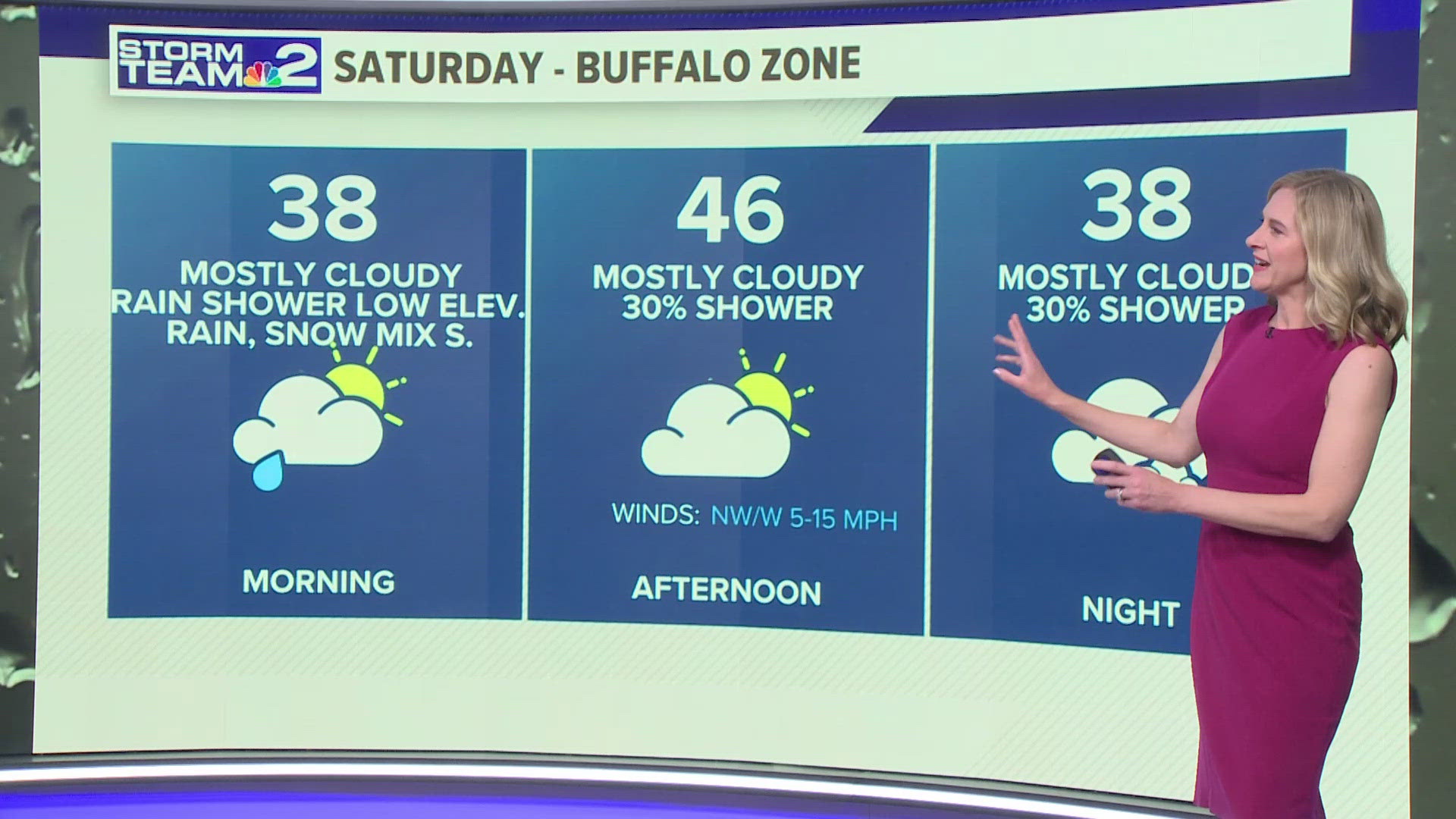Thanks to elementary school earth science, we understand that when someone says “temperatures are below freezing,'' they’re saying temperatures are 32 degrees Fahrenheit (0 degrees Celsius) or lower.
But when scientists study the freezing point of water, they can’t just limit themselves to one magic number. In some cases, water droplets can stay liquid even as temperatures drop into the 20s. In the most extreme situations, cloud droplets can exist as liquid water in air temperatures as low as -40 degrees Fahrenheit!
The droplets that stay water below the popularly known “freezing point” are called “supercooled” water droplets. Supercooled water droplets are pretty uncommon close to Earth’s surface, mainly because dust particles in the lower atmosphere interact with water droplets and give them a surface to freeze to. Having a surface, even a microscopic one, raises the freezing point of water closer to 32 degrees Fahrenheit.


But higher up in the atmosphere, there are fewer dust particles and cloud droplets are more likely to exist as pure water. Pure water actually freezes really slowly without any outside help. Because of that, a cloud forming in air temperatures between 15 degrees and -40 degrees Fahrenheit can have both tiny ice crystals and supercooled water droplets. That has a big effect on the aviation industry.
See how these processes evolve in this week’s episode.
New episodes of Heather’s Weather Whys are posted to the WGRZ YouTube channel every Wednesday evening. You can also watch it on Thursdays at 5:30 on Channel 2 News.
If you have a weather question for Heather to answer, send it to her at heather.waldman@wgrz.com or connect with her on Facebook or Twitter.



